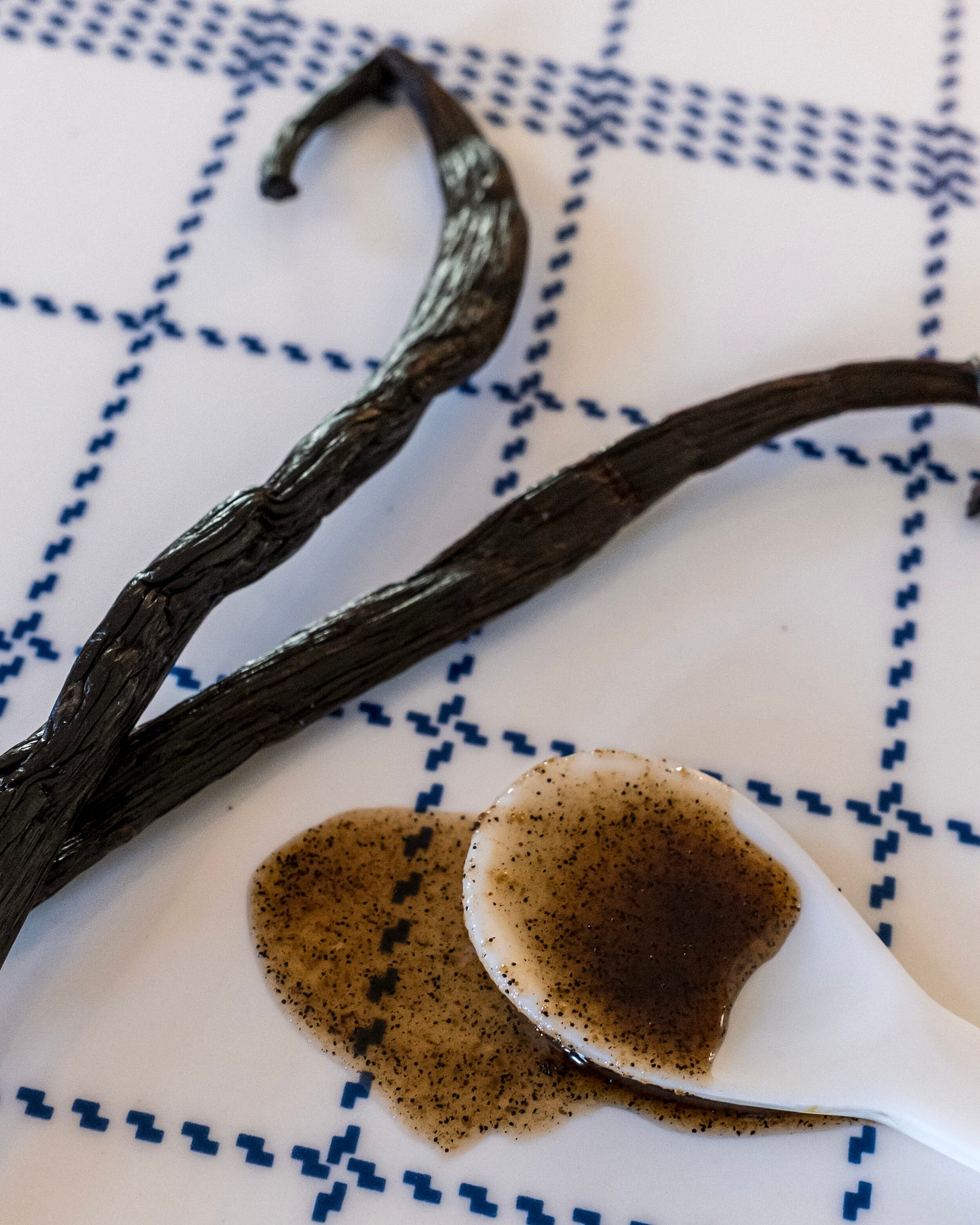15 things that are mostly true about baking cakes and cookies
Do not read this if you are a professional pâtissier
You don’t need a cake tin to bake a cake. You can just bake one in any oven-safe frying pan.
You don’t need baking parchment to line a cake tin/tray/pan. You can use aluminum foil instead. This can also replace the greasing of vessels.
You can replace baking soda with baking powder. Just use ~2-3 times the quantity. This substitution also saves you from the terrible effects of accidentally using too much soda and making your food bitter (baking powder is designed to achieve a balanced pH by default after heating, unlike soda which requires acid in your recipe to react with).
If a recipe calls for <=30ml or 2 tbsp of milk, you can just use water. Milk is 90% water anyway so calling for 30ml of milk is like calling for just 3g of butter and sugar, ingredients you’re like already using in O(100g) quantities.
You probably don’t need to cream/whisk together butter and sugar. Just melt the butter in the microwave and mix in the sugar. Maybe add a bit of extra baking powder to the recipe if it relied on the creaming to incorporate air.
You can use stuff straight out the fridge, bringing ingredients to room temperature is often an unnecessary step added to recipes.
You can use 25% less sugar than a recipe calls for and probably nothing will happen.
You can swap dark and light brown sugar (or even swap either of those with white sugar—the result will be different but probably not much worse).
You don’t need to chill cookie dough before baking it.
You can add 2-3x the recommended quantity of vanilla extract and everything will just improve with no drawbacks. You can swap vanilla extract for vanilla bean paste for even better results.
If a recipe calls for cocoa powder, the quality of the powder you choose will make a big different to the result. Same goes for chocolate. This is much less true of most other common baking ingredients like butter, sugar, eggs, flour, etc. (Though it is true of vanilla.) Also pay attention to whether the cocoa powder is “dutched” or not (treated with an alkalizing agent). Dutched cocoa is less acidic and tastes quite different from natural cocoa. It also contains less caffeine. I’d describe the taste of dutched cocoa as Oreo-like (in fact, the alkalizing process is what makes the cocoa used in Oreos black rather than brown). Whereas natural, unalkalized cocoa tastes more properly chocolatey to me. Finally, avoid “cacao” powder at all costs. It’s the “health nut” version of cocoa powder—raw and unroasted, it tastes much less chocolately than regular cocoa and will make your baked goods noticeably worse.
Browning the butter by heating it until it turns golden brown and smells nutty (“beurre noisette”) and then using that in place of ordinary butter is an easy way to improve the taste of a wide variety of baked goods.
You can replace flavorless oils in baking with melted butter and the result will taste better. Though the downside is that the item won’t stay soft and moist for as long. You can mitigate this by incorporating ingredients like yoghurt or mashed bananas into your recipe, or by microwaving leftovers for 20-30s to re-melt the butter in the dough.
Adding yoghurt (or buttermilk/sour cream/similar sour milk products) to cake batter is almost always a good idea.
You don’t need to (and probably shouldn’t) let baked goods cool before eating them. Unless you’re putting frosting/icing on them. Then you should let the base cool first!



this is my favorite cookie recipe, we make it every week 😂 https://detoxinista.com/almond-flour-cookies/